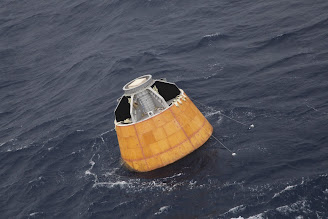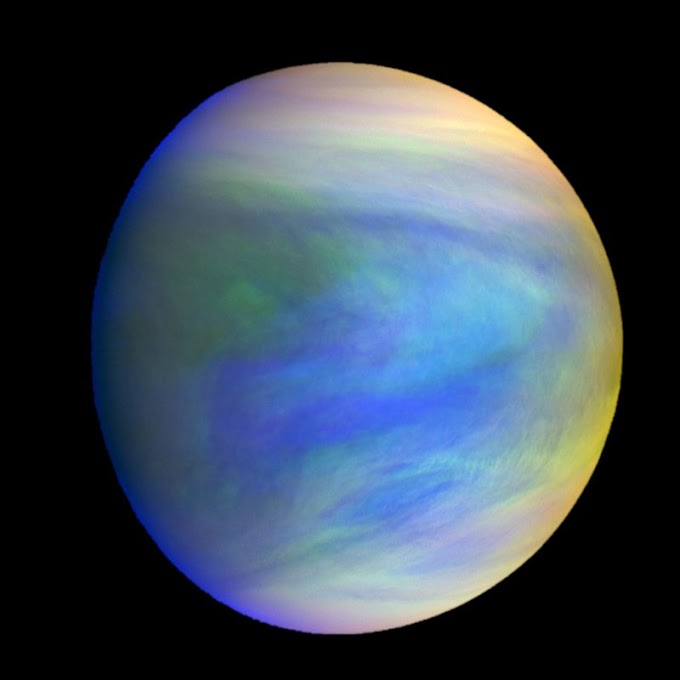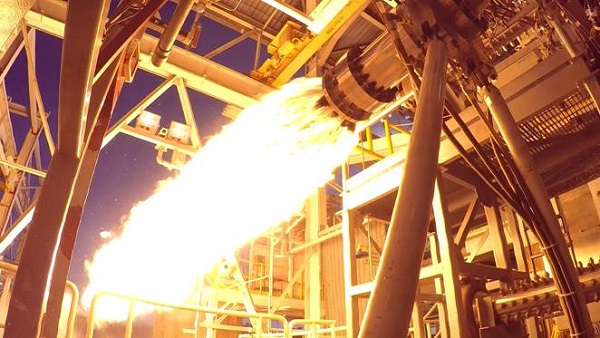Crew Module Atmospheric Re-entry Experiment also Known as CARE was a notable Experimental test Conducted by Indian Space Research Organization (ISRO). The main aim of this mission was to test re-entry Technology which helped ISRO a lot to do Research on Gaganyaan Mission which is expected to Launch in 2022. The total cost of this Mission was around 155 Crores INR ($21.7 Million).
 |
| SOURCE-ISRO |
This Mission was launched on 18 December 2014 at 09:30 AM IST Onboard GSLV MKIII From the Second Launch Pad at Shriharikota. The Crew Module made out of Aluminium Alloy was used as a payload in this Mission and had a lift-off mass of 3,735 Kg. This Module was 3.1m Wide and 2.7m high and had Ablative thermal protection. This Module also had batteries and was equipped by Six liquid propellant (MMH/MON3) 100N thrusters.
As Planned by ISRO the Crew Module Separated from the Launch Vehicle at an Altitude of 126 Km and at a speed of 5,300 m/s . The Re-entry started suddenly at that moment and at an Altitude of 80 Km the Propulsion shut down and came back to Earth at a deceleration of 13g (127.4 m/s²). Later with the help of parachute this Crew Module spattered down into Bay of Bengal about 600 Km from Port Blair which was recovered by Indian Coast Guards. This Module was later sent to Vikram Sarabhai Space Centre for further Studies after some Preliminary Processing at SDSC, Chennai.
OBJECTIVES
According to the Information provided by ISRO in it’s website, the main Objectives of this Mission are ;
- Flight Validation of the complex atmospheric flight regime of LVM3 vehicle.
- Validation of new design features.
- Overall integrity of the mission design, simulation and software implementation.
- Study the re-entry characteristics of Crew Module CARE.
 |
| Source-ISRO |
The Rocket GSLV MKIII’s LVM3-X Spaceflight Used in this Mission had S200 and L110 Active Propulsive stages and a passive C25 stage where dummy Engines were used. ISRO designed this Mission to provide a suitable velocity, flight path angle and altitude to CARE at separation and the external Configuration was similar to LVM3-D1 which is the generic Vehicle configuration.
CARE PROFILE
LAUNCH MASS- 3,735 KG
Launch Vehicle- GSLV MKIII/LVM3
Application- Experimental
Manufacturer- ISRO
OWNER - ISRO
This is all about till now on " Crew Module Atmospheric Re-entry Experiment (CARE)"






0 Comments